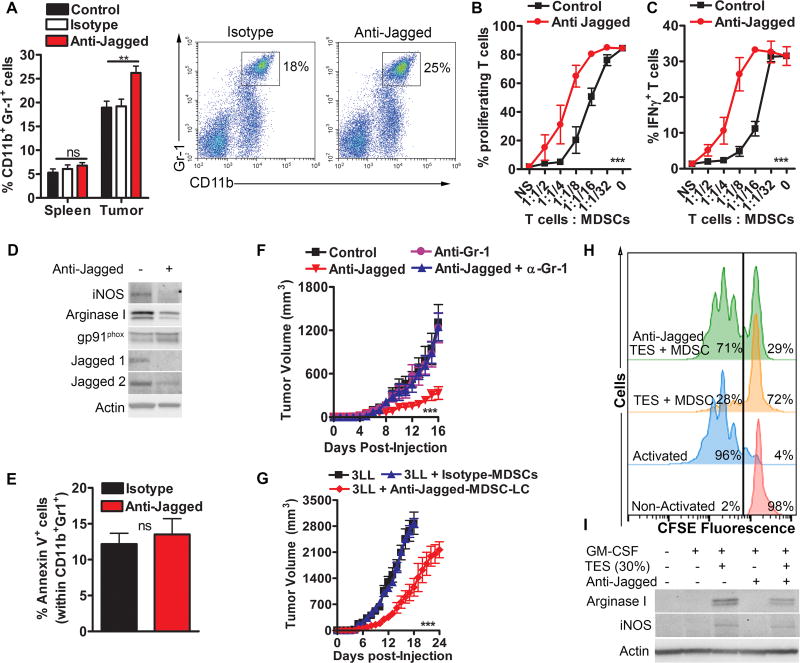Figure 2. Anti-Jagged impacts the suppressive activity of tumor-MDSC.
(A) Percentages of CD11b+ Gr-1+ cells by flow cytometry in tumor and spleen of 3LL-bearing mice treated with anti-Jagged or isotype. Cumulative data from 10 mice per group (left) and representative results (right). (B–C) Proliferation and IFNγ expression in anti-CD3/CD28-activated CFSE-labeled T-cells co-cultured for 72 hours with tumor-MDSCs from anti-Jagged or control-treated mice bearing 3LL tumors. Means ± SD from 3 experiments. (D) Western blots from 3 similar repeats using protein lysates of tumor-MDSCs obtained from mice treated with anti-Jagged or isotype. (E) Annexin V in MDSCs from (D). (F) Tumor volume in 3LL-bearing mice treated or not with anti-Jagged and receiving anti-Gr-1, as described in methods. n=5. (H) Tumor growth in mice injected with 3LL cells alone or co-injected at a 1:1 ratio with tumor-MDSCs from 3LL-bearing mice treated with anti-Jagged or isotype. Means ± SEM from 5 mice per group. (H–I) Ability to block proliferation of CFSE-labelled T-cells primed with anti-CD3/CD28 and expression of arginase I and iNOS were measured in splenic MDSCs from 3LL-bearing mice cultured for 48 hours in GM-CSF plus 30% TES with and without anti-Jagged. Representative data from 3 similar experiments. ** P< 0.01, *** P, < 0.001

